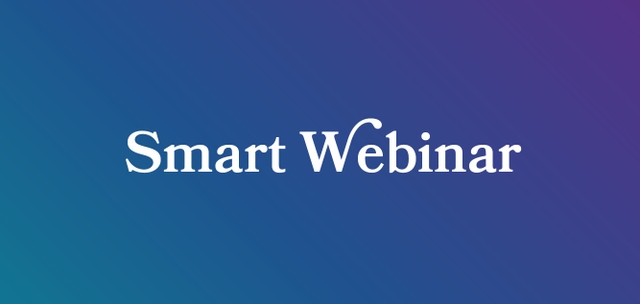Advancing Breastfeeding Support and Skills for Midwives
A webinar series presented by midwife experts in breastfeeding and lactation medicine from across the country, geared towards diving deep into topics that impact midwives, clinicians, and their...







